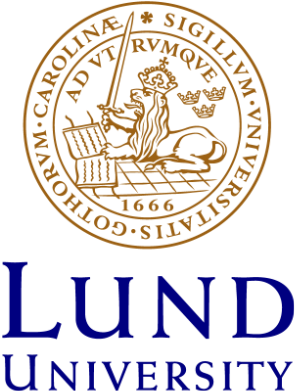Read the Latest CMES Newsletter (#31)
Published 27 October 2022 New CMES Newsletter about upcoming events and recent research activities and publications. The CMES Newsletter provides an up-to-date overview of Middle Eastern research, activities and events at Lund University and beyond. The Newsletter includes a message from the Director, latest research news, upcoming events and recent publications by CMES scholars. Read the latest i
https://www.cmes.lu.se/article/read-latest-cmes-newsletter-31 - 2025-07-07
